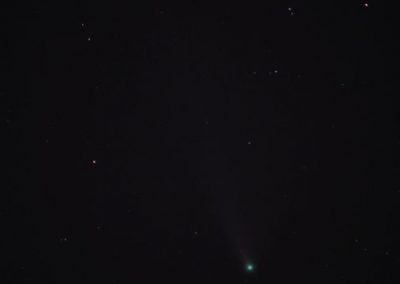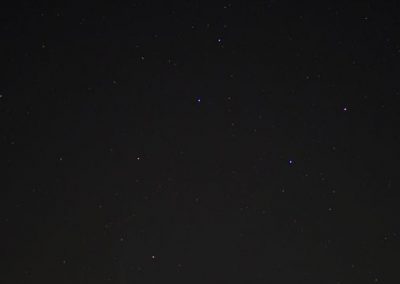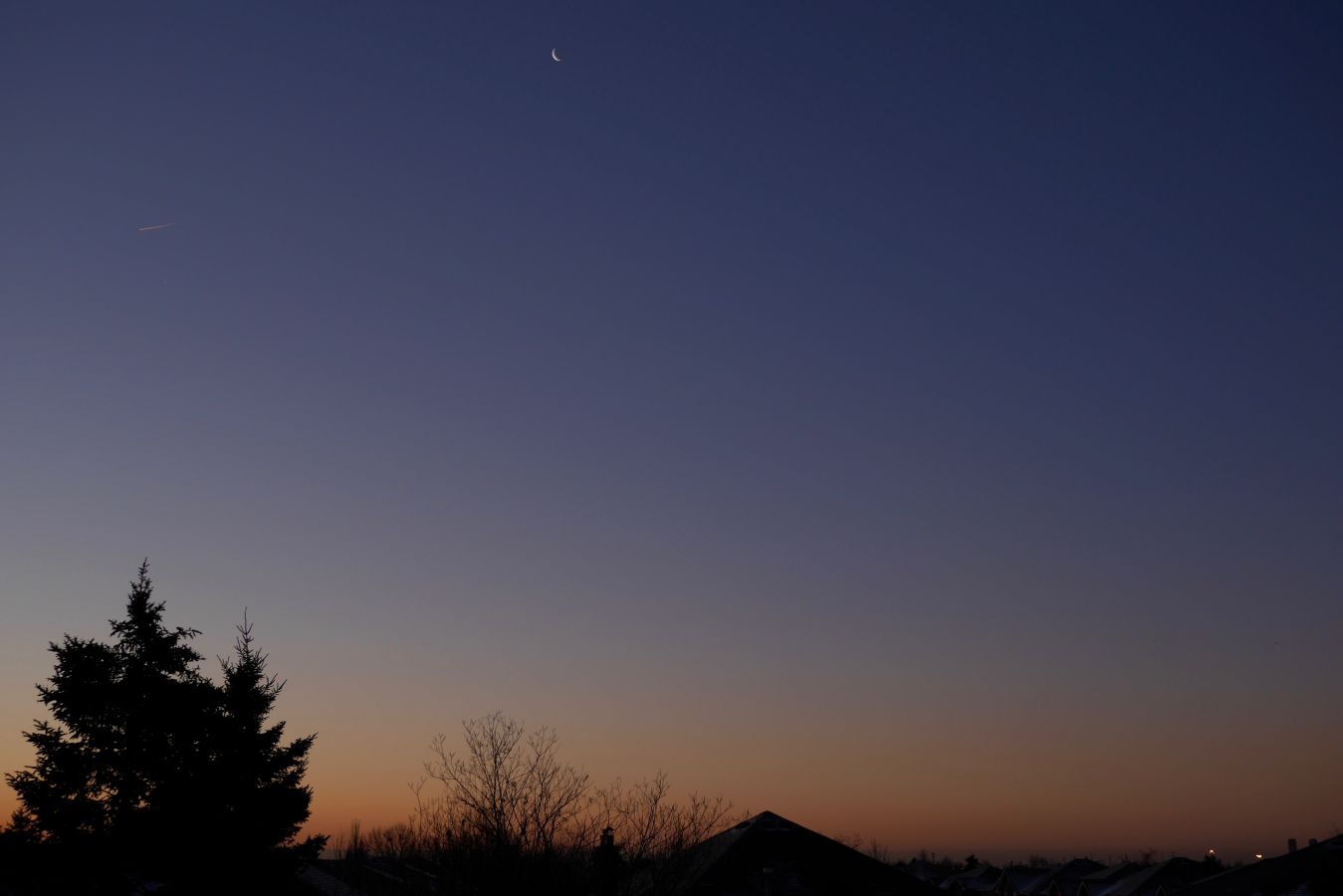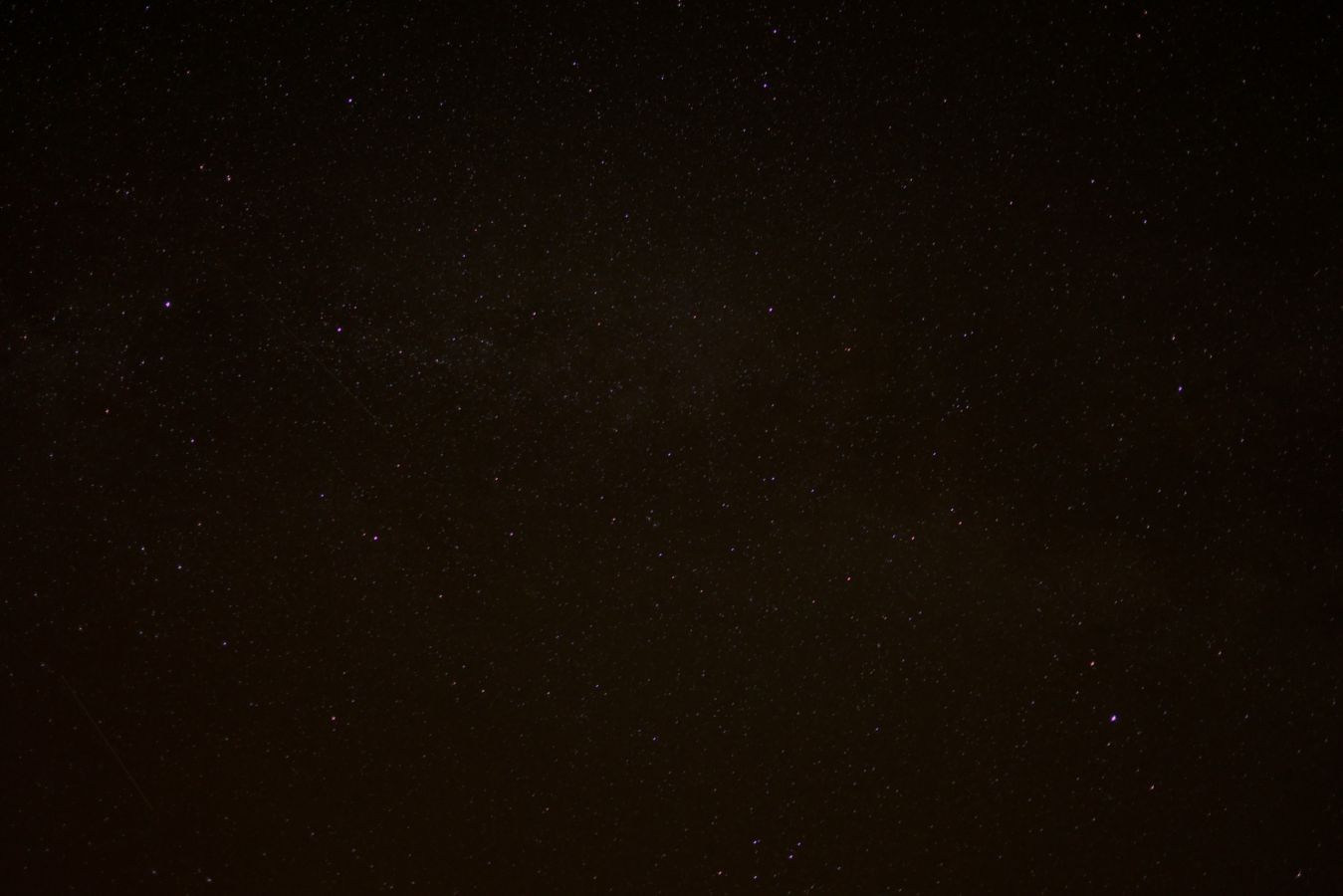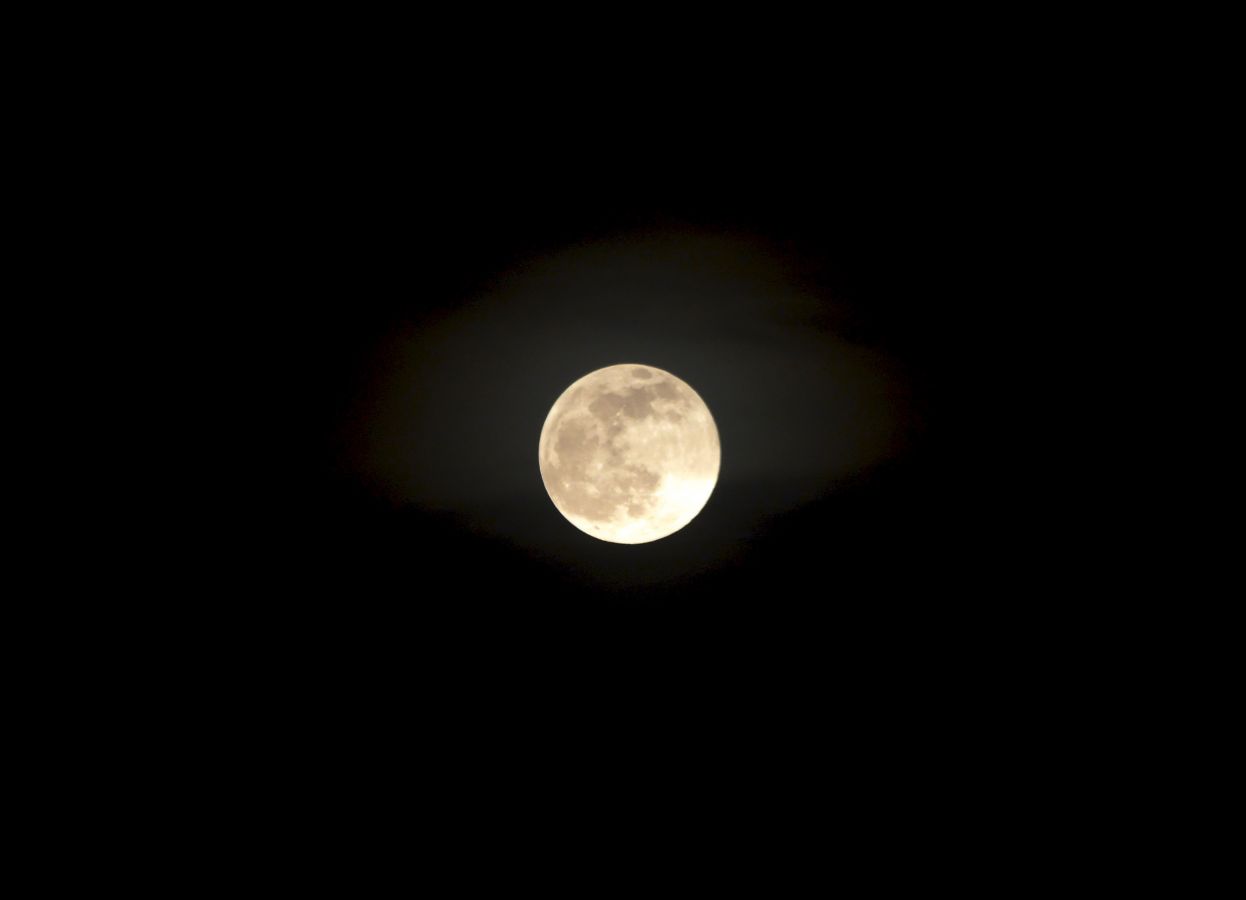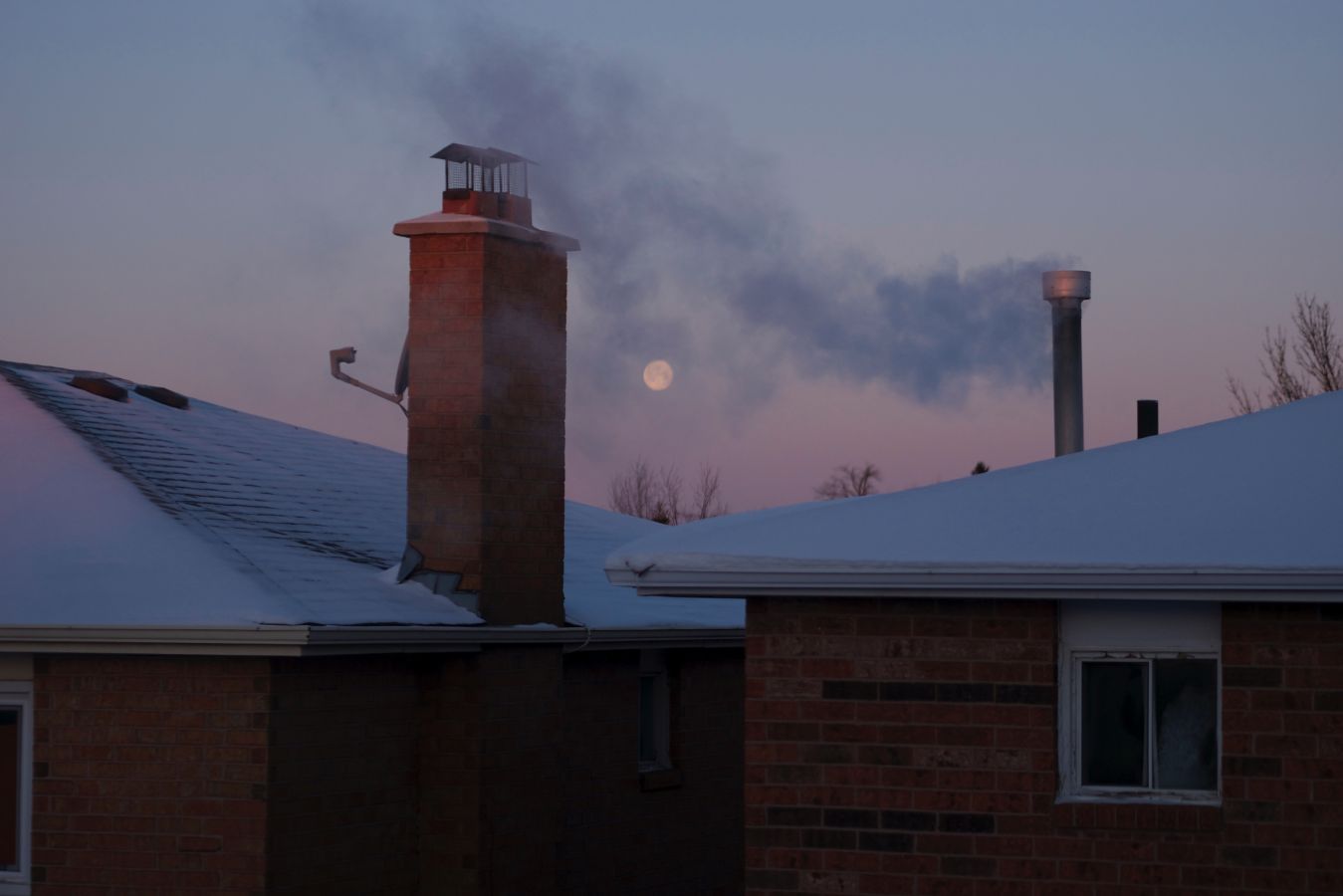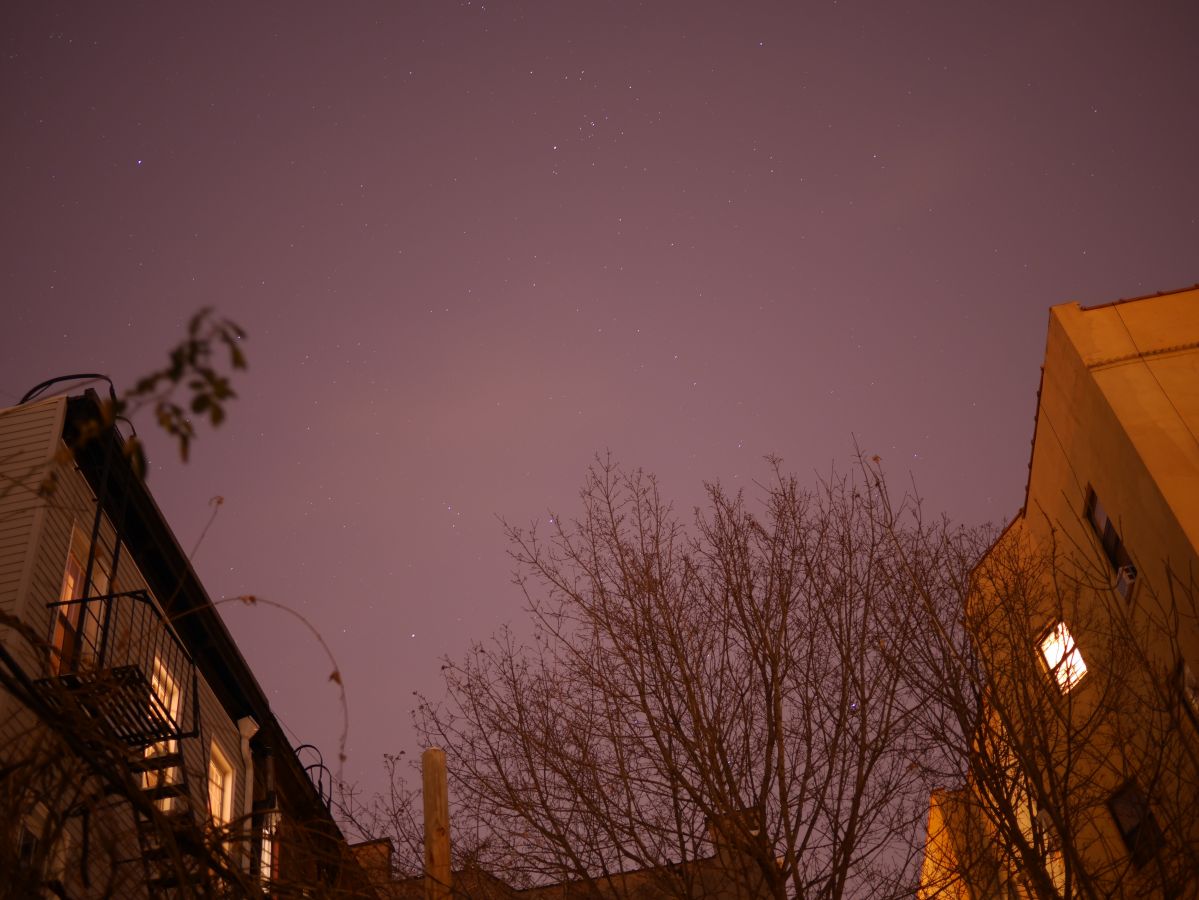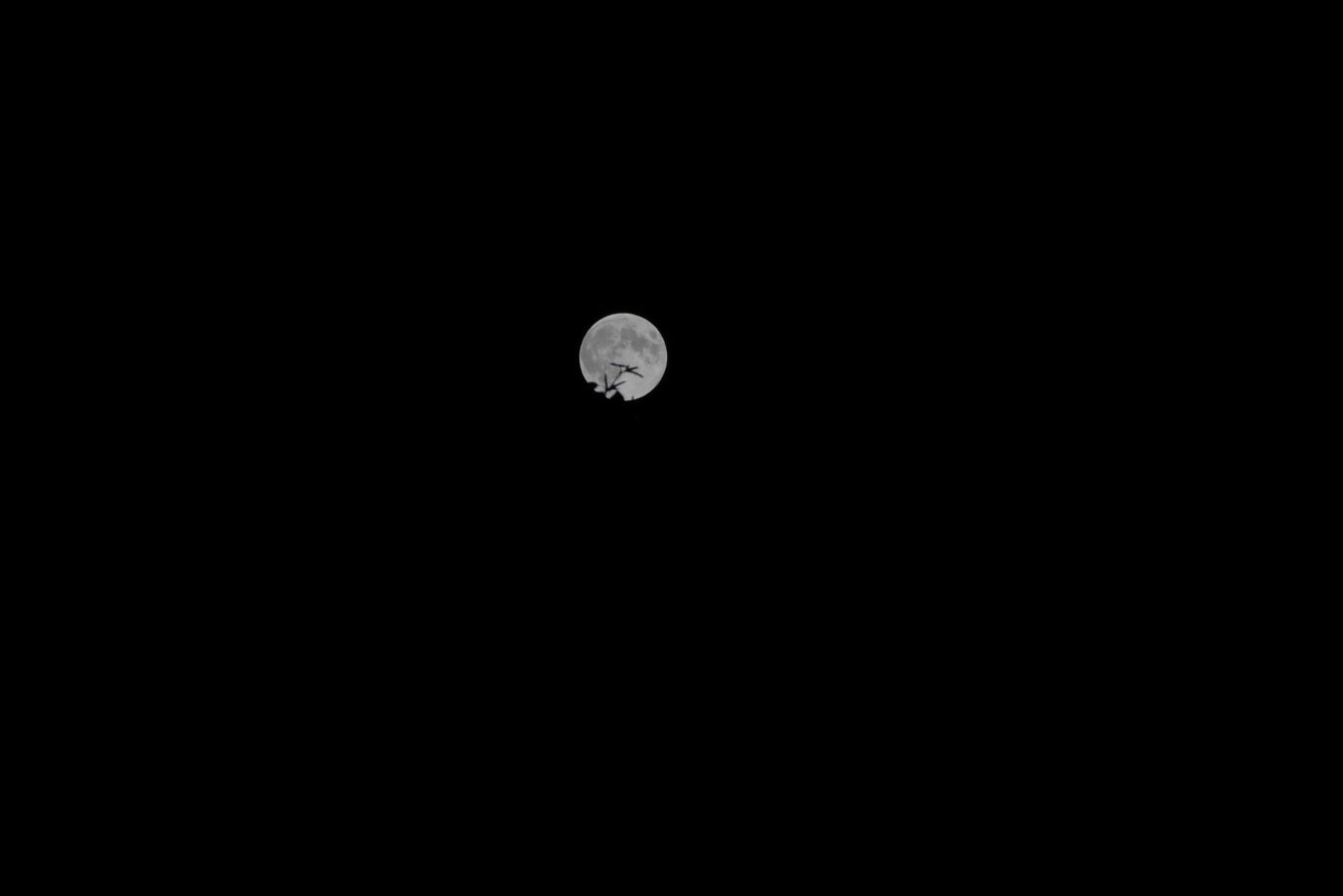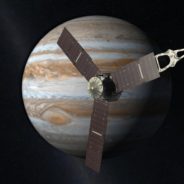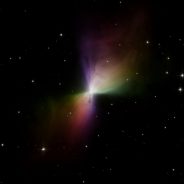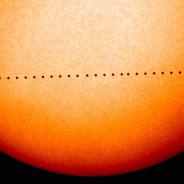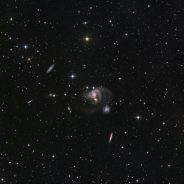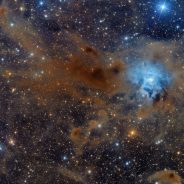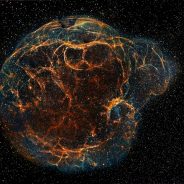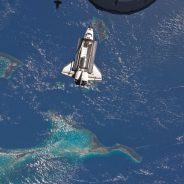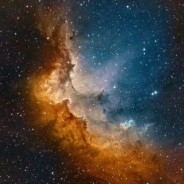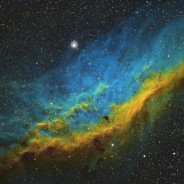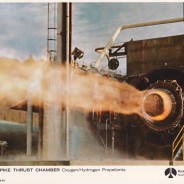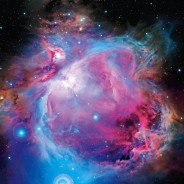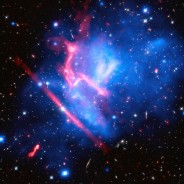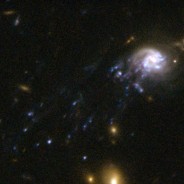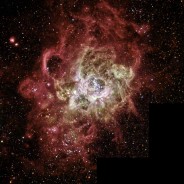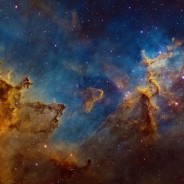I have a deep love for astronomy but I also love photography. I try and take astrophotography photos but I mostly take photos of landscapes and objects. There are two sets of photos on this page:
- My personal photography
- Photos I’ve used in all my posts (some are awesome as desktop wallpapers!
Why I’m Excited for NASA’s Juno Mission
On July 4th, 2016 the Juno spacecraft will arrive to the largest gas planet in the solar system, Jupiter. This is particular mission is very exciting and I’m going to tell you why. For those of you who don’t know, Jupiter is vital to life on Earth. How so? Well what makes our solar system unique isn’t just the fact that Earth has water and it’s in the goldilocks zone, but the fact that Jupiter paved the way for our rocky planets to form effectively. Without Jupiter Earth may have been bombarded by more asteroids or...
read moreThe Coldest Region in the Universe: The Boomerang Nebula (Bow Tie Nebula)
If we take a trip 5,000 light-years away from Earth and towards the constellation Centaurus we will find one of the coldest regions in the universe. Say hello to the beautiful Boomerang Nebula. The Boomerang Nebula or what is also known as the “Bow Tie Nebula” is a protoplanetary nebula. What is fascinating about this nebula is that it’s only 1 degree above absolute zero! Meaning it’s 1 degrees Kelvin or -271 degrees Celsius. The bow shape you see here is due to the outflow of gas originating from the core of the star....
read moreEverything You Need to Know About the 2016 Transit of Mercury
Mercury, the small rocky planet in our Solar System closest to the Sun, will be making a rare transit across the Sun on Monday May 9th, 2016. The transit itself will last from 7 a.m to 4 p.m EDT. However, why is it such a big deal to see a planet move across the Sun from Earth’s perspective? What does this mean for humans and science? Why the big fuss? Well I’m here to help break it down as it’s filled with a rich history that’s been on-going for hundreds of years and has progressed humankind as a result. So...
read moreHCG 91: Furious Gravity Tug of War Between Galaxies
Here’s a fantastic photo of a group of galaxies playing gravitational tug of war located a staggering 320 million light-years away from Earth in the constellation Piscis Austrinus. These group of galaxies are what as known as Hickson Compact Group 91 or HCG 91. They are named so because a Canadian astronomer named Paul Hickson discovered 100 compact groups of galaxies. The tails of these galaxies are actually 100,000 light-years long! Because of their “close” interaction the galaxies are triggering furious star formations. On a cosmic...
read moreCarnival of Space 456: Best Space Stories of the Week!
Here is another issue of Carnival of Space! We are on the 456th issue and counting. If this is your first time hearing about this community driven feature then let me give you a quick intro. Carnival of Space was started by our friends over at Universe Today and a community of astronomy bloggers gathered together to help showcase some of the best space stories. Each community member hosts the Carnival of Space and spreads the love to the interwebs. So please, sit back, relax, and let these stories take you away on the cosmic beaches of the...
read moreThe Destruction of Supernova Remnant Simeis 147: The Spaghetti Nebula
Located right in our own Milky Way is a story of a star that ended in utter destruction. Say hello to Supernova Remnant Simeis 147 or the Spaghetti Nebula. Discovered in 1952 this supernova remnant is located 3,000 (+/- 300) light years away from Earth on the border of constellations Auriga and Taurus. The Spaghetti nebula is about 40,000 years old or the first photon or light particle reached Earth 40,000 years ago. In its wake it left a neutron star known as pulsar PSR J0538+2817. What this means is that there is a star that is highly...
read moreThe Brown Spaceman’s Guide to Discovering Astronomy
Don’t Panic: Your Guide to Exploring Astronomy First I would like to say, “Welcome to the Universe!” just in case you never got your welcome when you first arrived on Earth. So it looks like you found astronomy and you’ve fallen in love or perhaps you are just curious and would like to learn more. Well you’re in luck because my job is to deliver the good stuff I’ve discovered over the years that has made astronomy beautiful, amazing, and easy to digest and understand. What you’ll walk away with: After...
read moreGorgeous Wizard Nebula
Located 8,000 light-years away from Earth in the constellation Cepheus we arrive to an open star cluster NGC 7380, or more famously known as the Wizard Nebula. This young cluster is about 4 million years old and is a many light years wide. The color red or orange is a signature of the element sulfur, green is hydrogen, and blue is oxygen. The cosmic gas is moving towards us at 34 km/s. The bright star you see on the right of it is binary star HD215835 (DH Cephei). It’s one of the main reason the nebula is illuminated as well as ionized....
read moreThe Subtle Beauty of the California Nebula
Between 1,000 to 1,500 light years away from the planet Earth, lays a gorgeous nebula called the California Nebula or NGC 1499. This nebula is actually one of the more challenging ones to observe through binoculars and even a low powered telescope. This is due to the low surface brightness. However, the reason why it has such low surface brightness might impress you. First, let’s get a good look at this lovely beast. The impressive mystery of what lights up the entire California Nebula Going back to our question on why the...
read moreUnsung Heroes of NASA: Sebastian “Sam” Pennise
NASA is a culture of the very smart and very passionate group of humans. I can imagine there are many people who work at NASA and have contributed a great deal to the cause of progressing the space frontier but may not get their own article on Space.com or Universe Today. Today we’ll be looking at the hero Sebastian “Sam” Pennise. He is a man that many probably don’t know of and you won’t find a lot on him on the web. However, that’s where BrownSpaceman comes in to shed a little light on some of the amazing...
read moreThe Incredibly Beautiful Orion Nebula (M42)
If you were to ask what is one of the most famous nebulae or images of a nebula in astronomy it’s the great Orion Nebula or M42. This gorgeous emission nebula or diffused nebula is located about 1,344 light years from Earth in the constellation Orion, south of Orion’s belt. What’s interesting about this nebula is that it’s moving away from us at 17.5 km per second! If we were going to compare the size of our Sun or mass of our Sun to M42 it would take 2,000 solar masses. The nebula has been churning and burning...
read moreCarnival of Space 449: Best Space Stories of the Week!
Welcome to the Carnival of Space issue 449! If this is your first time coming across this series then let me give you a brief introduction. Carnival of Space is hosted by amazing space science bloggers across the globe where they share their best space stories. It makes your life a lot easier in tracking down these awesome stories and even some exposure to our grass roots community. We hope you enjoy these stories and learn something new today! Without further adieu here they are: CHIMERA: New Instrument to Help Astronomers...
read moreThe Destructive Fate of the Comet Galaxy
Galaxies all come in different shapes and sizes and it plays on our imagination of what life could be like in other galaxies. However, the Comet Galaxy brings something new to the table. It’s what astronomers and scientists discovered about this galaxy that made it so intriguing. The galaxy is ripping itself apart while flying through space at incredible speeds. At the top left you can see the infamous Comet Galaxy leaving a trail of stars and gas as it’s flying through at 3.5 million kilometers/hr or 972 kilometers per...
read moreThe Giant Stellar Nursery NGC 604 that’s 100x the Orion Nebula
The universe is no stranger to freakishly large objects. Well, enter NGC 604, it’s 1,520 light years across! As stated in the title it’s over 100 times bigger than the famous Orion Nebula. However, if you plan to take a trip there it would take you 2.7 million light years to get there. It’s located in an entire different galaxy called the Triangulum Galaxy. Here’s a photo of the Orion Nebula in comparison to NGC 604: If you want to get a sense of how far Orion Nebula is…well then just look at NGC 604. Its size is...
read moreIn the Heart Nebula lies Melotte 15
In the beautiful constellation Cassiopeia located 7,500 light years away from Earth, is a gorgeous star cluster called Melotte 15. It lays in the famous Heart Nebula and stretches for 30 light years in the image below, which would amount to 300 trillion km! The cosmic landscape of gorgeous colors represent different elements and gasses. In red we have sulfur, green is hydrogen (most abundant in the universe), and finally blueish hue is oxygen. This nebula and star cluster was only formed 1.5 million years ago, which is still considered a baby...
read more
